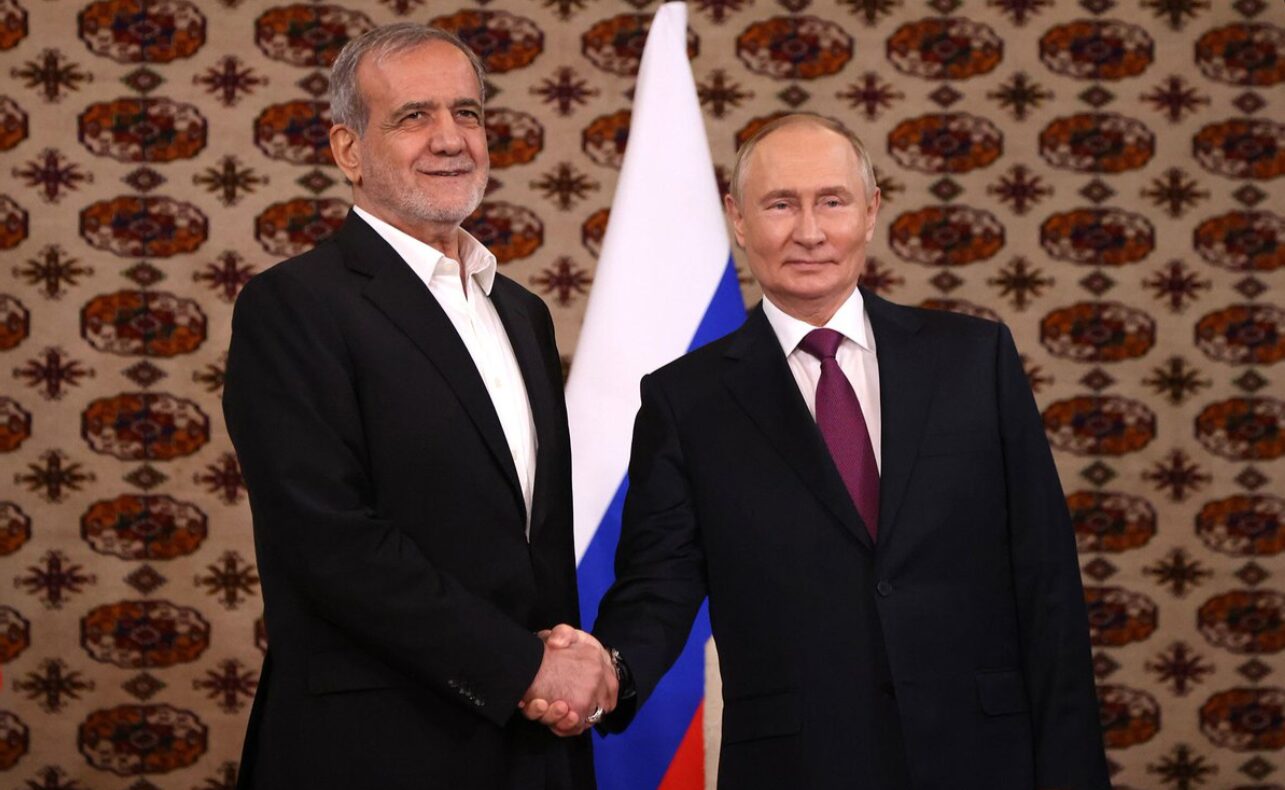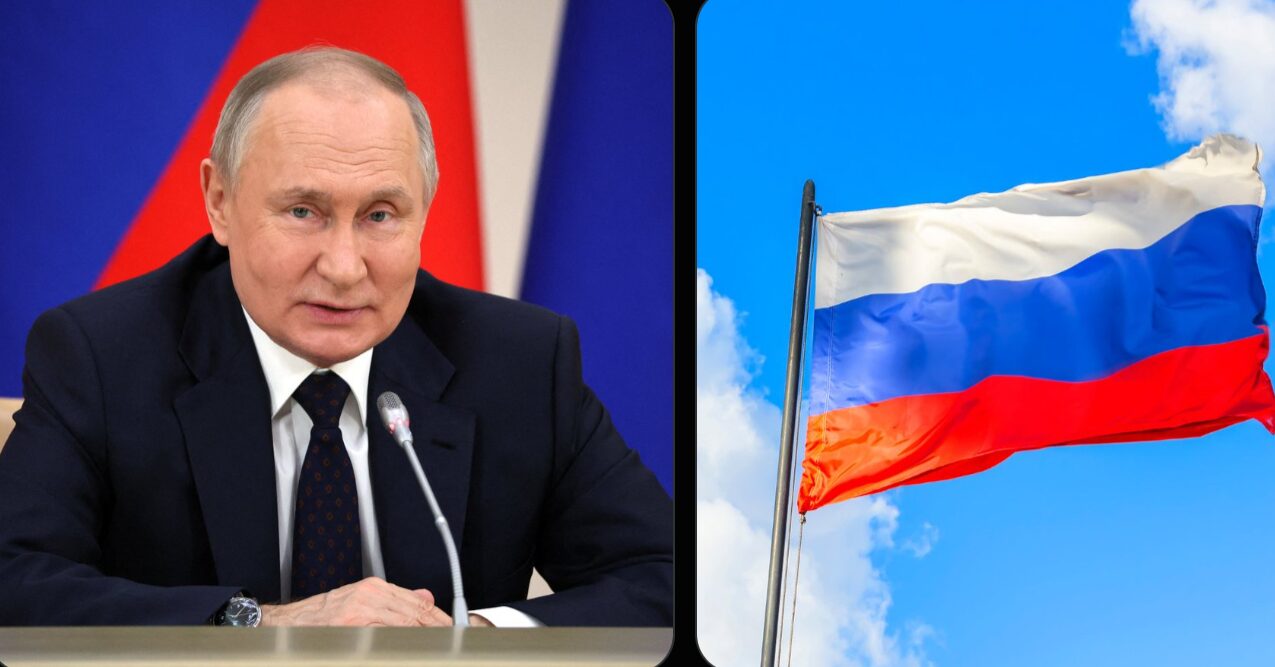RUSSIA to build a GAS PIPELINE to IRAN, which will supply up to 55 BILLION bcm of gas annually
In a significant development in the global energy sector, Russia has announced plans to build a major gas pipeline to Iran, designed to supply up to 55 billion cubic meters (bcm) of natural gas annually. This ambitious project marks a new chapter in energy cooperation between the two nations, with far-reaching implications not only for Russia and Iran but also for the broader geopolitical landscape and energy markets worldwide. The pipeline, which will connect the extensive gas reserves of Russia with Iran’s growing energy needs, is poised to reshape energy trade dynamics in the Middle East and beyond.
The Strategic Importance of the Russia-Iran Gas Pipeline
Russia and Iran have long been key players in the global energy market, with both countries possessing vast reserves of natural gas. Russia, the world’s largest natural gas exporter, and Iran, with the second-largest reserves of natural gas, are strategically positioned to dominate the global energy market, particularly in the face of growing demand for cleaner energy sources.
The proposed gas pipeline will serve as a vital infrastructure project, enhancing energy security for both countries and providing a reliable supply of natural gas to Iran. This is particularly important for Iran, which has faced challenges in meeting its domestic energy demands and developing its energy sector due to years of international sanctions and political isolation. The pipeline promises to alleviate some of these issues, improving Iran’s energy independence and its ability to participate more actively in the global energy market.
For Russia, the pipeline to Iran represents an opportunity to strengthen its influence in the Middle East and beyond, increasing its leverage in global energy trade. By enhancing its energy exports to Iran, Russia can further solidify its position as a key supplier to the region, particularly as it seeks to expand its energy exports to Asia, Europe, and other markets.
Key Details of the Gas Pipeline Project
The gas pipeline will be a massive infrastructure undertaking, connecting Russia’s vast network of natural gas fields with Iran’s energy needs. The pipeline will be capable of transporting up to 55 billion cubic meters of natural gas per year, significantly increasing the volume of gas supplied to Iran. This is expected to bolster Iran’s energy production and provide the country with a more stable and reliable source of natural gas.
Construction of the pipeline will take several years to complete, with various stages of development and investment required. Both countries have committed to sharing the costs of the project, which is expected to run into billions of dollars. The Russian government and major Russian energy companies, including Gazprom, are expected to play a central role in the development of the pipeline, leveraging their experience in large-scale energy infrastructure projects.
Once operational, the pipeline will provide significant benefits for both Russia and Iran. For Russia, it will open up new markets in the Middle East and Asia, particularly as demand for natural gas continues to grow in these regions. Iran, on the other hand, will benefit from a reliable and abundant supply of natural gas, which can be used to meet domestic energy needs and help diversify the country’s energy sources. The gas could also be exported to other countries, further enhancing Iran’s role as a regional energy powerhouse.
Geopolitical Implications of the Pipeline
The construction of a gas pipeline between Russia and Iran is not just an economic decision; it carries significant geopolitical implications for both countries and the broader international community. The pipeline represents a deepening of the strategic relationship between Russia and Iran, two nations that have increasingly found common ground in their opposition to Western influence and their shared interest in countering U.S. hegemony in global affairs.
For Russia, the pipeline is an important step in expanding its influence in the Middle East, a region that has historically been dominated by Western powers, particularly the United States. By strengthening its ties with Iran, Russia is positioning itself as a major player in the region, offering an alternative to the Western-backed energy infrastructure that has traditionally been in place. This move also serves to counterbalance the influence of the U.S. and its allies in the Middle East, particularly as tensions between Russia and the West continue to escalate.
Iran, on the other hand, stands to gain significant political and economic advantages from its partnership with Russia. The pipeline project will not only provide Iran with a steady supply of natural gas but also improve its ability to trade energy with other countries, including potential European and Asian markets. This could help Iran mitigate the effects of international sanctions and reduce its reliance on traditional Western-backed trade routes. The pipeline also aligns with Iran’s broader geopolitical goals of increasing its regional influence and diminishing the power of the U.S. and its allies in the region.
Impact on Global Energy Markets
The construction of the Russia-Iran gas pipeline will have a considerable impact on global energy markets, particularly the natural gas sector. As two of the world’s largest natural gas producers, Russia and Iran together hold a commanding position in global energy trade. The pipeline will facilitate the flow of additional natural gas to global markets, particularly in Asia, which has seen growing demand for cleaner energy sources in recent years.
The pipeline could also alter the balance of power in the global natural gas market, as it opens up new supply routes and challenges existing energy trade agreements. Countries in Europe, Asia, and the Middle East will likely be closely monitoring the project’s progress, as it could influence global gas prices and trade dynamics. This is particularly true as Europe seeks to diversify its natural gas supply sources, especially in light of recent geopolitical tensions with Russia over the conflict in Ukraine.
In addition, the pipeline could lead to the development of new energy trade routes, bypassing traditional chokepoints like the Suez Canal and the Turkish Straits. This could have long-term implications for the flow of energy and the security of global energy infrastructure, as countries seek to secure reliable and stable energy supplies from a range of different sources.
Environmental Considerations and Challenges
While the Russia-Iran gas pipeline promises significant economic and geopolitical benefits, the project also raises important environmental considerations. Natural gas is often touted as a cleaner alternative to coal and oil, but it is still a fossil fuel that contributes to greenhouse gas emissions. The construction of large-scale pipelines can also have environmental impacts, including the disruption of local ecosystems and the potential for oil and gas leaks during transportation.
Both Russia and Iran will need to address these environmental challenges carefully, ensuring that the pipeline is built and operated in a way that minimizes environmental damage. This may include the implementation of advanced technology to monitor and control emissions, as well as the careful management of the pipeline’s construction to avoid harming local wildlife and ecosystems.
Additionally, the two countries will need to navigate the political and public relations challenges that can arise from such large-scale infrastructure projects. While the benefits of the pipeline are clear from an economic and geopolitical standpoint, the project’s environmental impact will likely be a key point of debate for environmental groups and concerned citizens.
In Conclusion
The planned gas pipeline between Russia and Iran is a bold and transformative project that has the potential to reshape energy dynamics in the Middle East and beyond. With its capacity to supply up to 55 billion cubic meters of gas annually, the pipeline will play a crucial role in bolstering Iran’s energy security and enhancing Russia’s position in the global energy market.
The geopolitical ramifications of the project cannot be understated, as it strengthens the strategic partnership between Russia and Iran and challenges Western influence in the region. However, as the project moves forward, both countries will need to address the environmental and political challenges that accompany such a large-scale infrastructure initiative. The success of the Russia-Iran gas pipeline will have far-reaching implications for global energy markets, regional politics, and the future of energy cooperation between these two powerful nations.

















Post Comment